In cities around the world, perception of monuments has shifted from markers of shared history to flash points of social division and disputed historical narratives. With Post Monumental, Clinton pushes the definition of what constitutes a monument.
Her selection of Tiohti:áke / Montreal sites ranges from the Monument aux Patriotes (marking the Rebellion of 1837-38), to Place de l’Espoir (commemorating the killing of Fredy Villanueva), and from the Ville Marie Highway (and the paving over of much of Little Burgundy’s Black community) to the Sir George-Étienne Cartier sculpture (site of Tam-Tams). Each print invites the viewer to reflect on the historical and contemporary community and personal significances of these shared spaces.
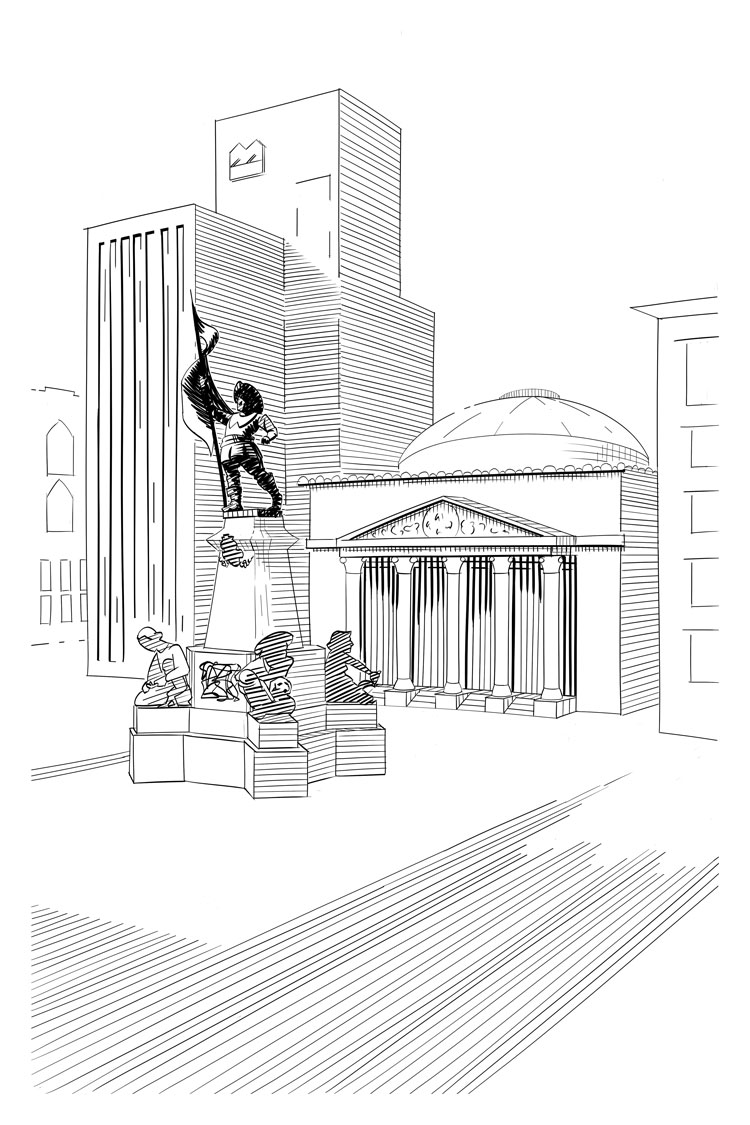
Edition of 12
18 x 12 inches
Silkscreen print on Legion Print Specialty Paper
Place D’Armes
Place D’Armes is one of the oldest public sites in Tiohti:áke / Montreal. In the center of the square a monument was erected in 1895 to Paul Chomedey de Maisonneuve, a french military officer and founder of Tiohti:áke / Montreal. Along with Maisonneuve the monument celebrates four other figures: Charles Le Moyne, Lambert Closse, Jeanne Mance and a figure known only as “Iroquois”.
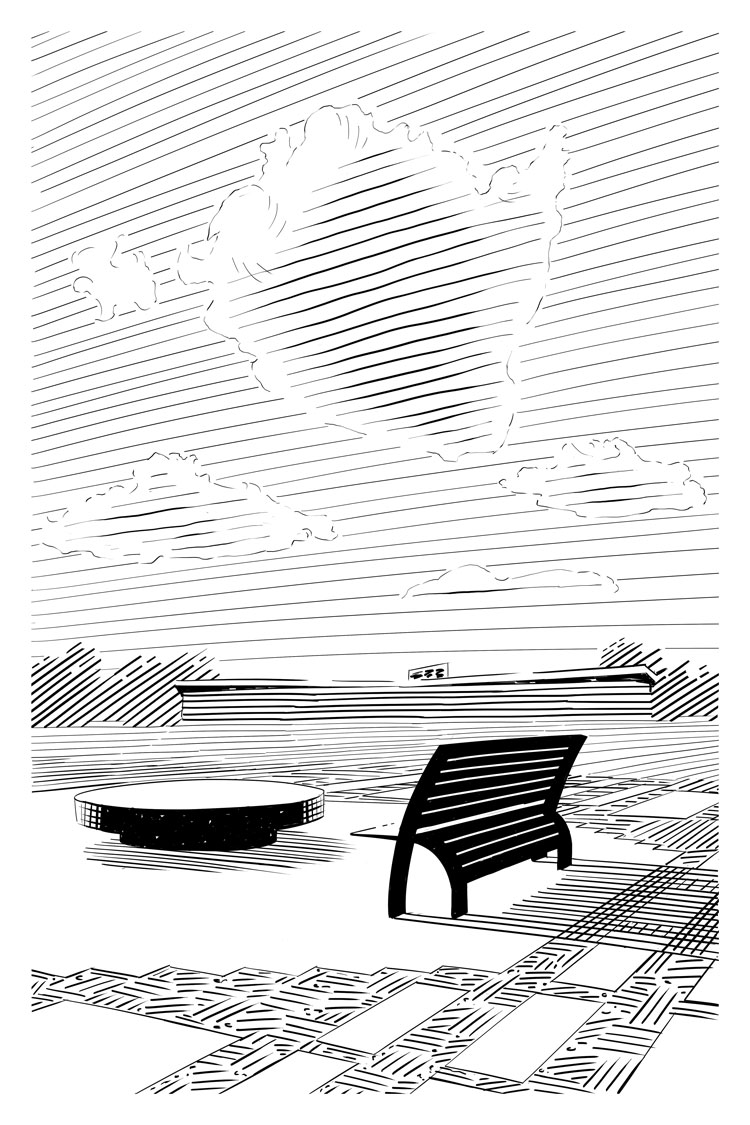
Edition of 12
18 x 12 inches
Silkscreen print on Legion Print Specialty Paper
Place de L’Espoir
In 2018, Place de L’Espoir was inaugurated to commemorate Fredy Villanueva’s death. 18 year old Fredy Villanueva was shot by a patrolling constable in Parc Henri-Bourassa. Shots were fired after an altercation broke out between officers and a group of teenagers caught gambling in the park. The monument has been criticized by community activists for its ambiguous nature. The only mention of the deceased is on a nearby plaque that quotes the Quebec coroner’s report: “Villanueva did not deserve to die”.
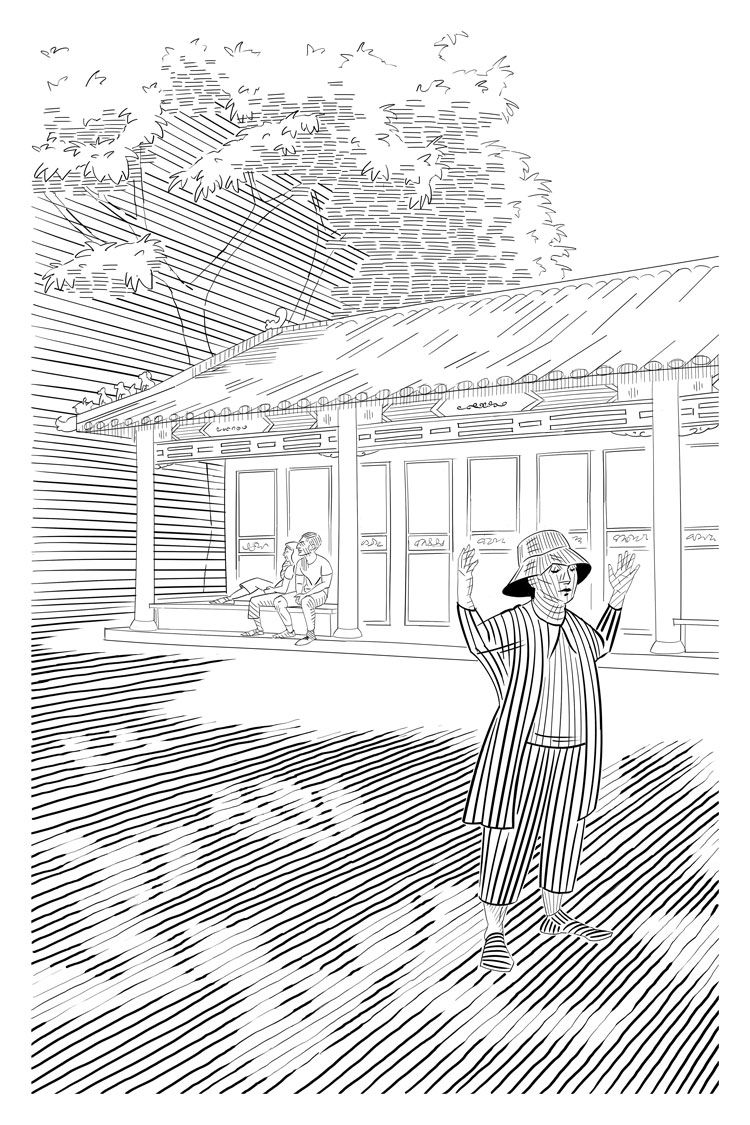
Edition of 12
18 x 12 inches
Silkscreen print on Legion Print Specialty Paper
Place Sun Yat-sen
Tiohti:áke / Montreal’s Chinatown is made up of a series of buildings and monuments built in a traditional Chinese aesthetic. Bochra Manaï, Tiohti:áke / Montreal’s anti-rascism commissioner, discusses the importance of cultural neighborhoods in her book, Les Maghrébins de Montréal. According to her research, an ability to see different cultures in the architecture of a city creates a sense of openness and belonging.
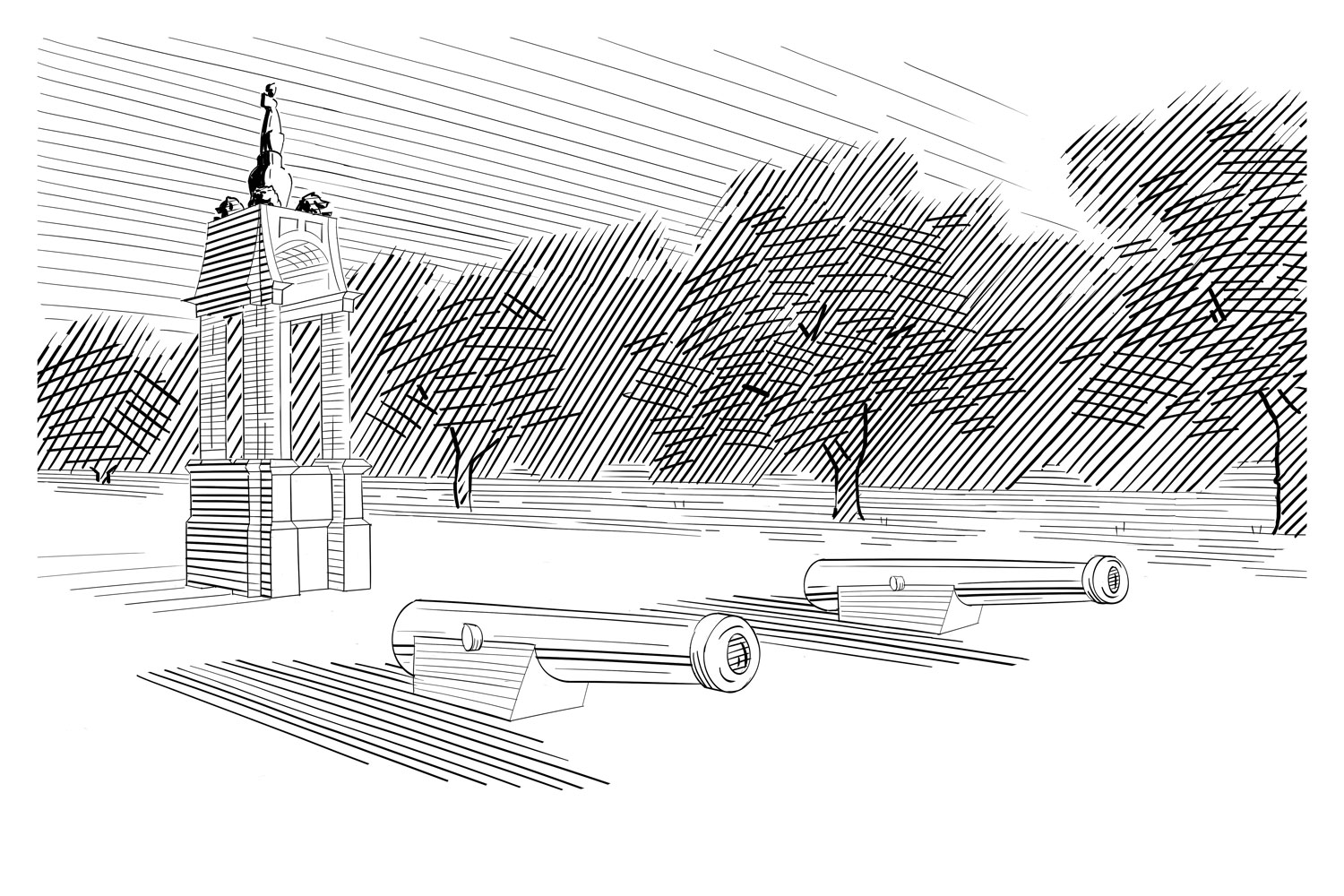
Edition of 12
18 x 12 inches
Silkscreen print on Legion Print Specialty Paper
Monument to Sir John Alexander Macdonald
Statues of Sir John A. Macdonald (1815-1891), the first Prime Minister of Canada, can be found across Canada. In the context of reconciliation, Macdonald’s role in the creation and implementation of the residential school system has come under greater scrutiny. Activists across the country have called for the removal of his statues. In August 2020, activists in Tiohti:áke / Montreal pulled down Macdonald’s statue. Although the city and province criticized the action, the statue has not been replaced.
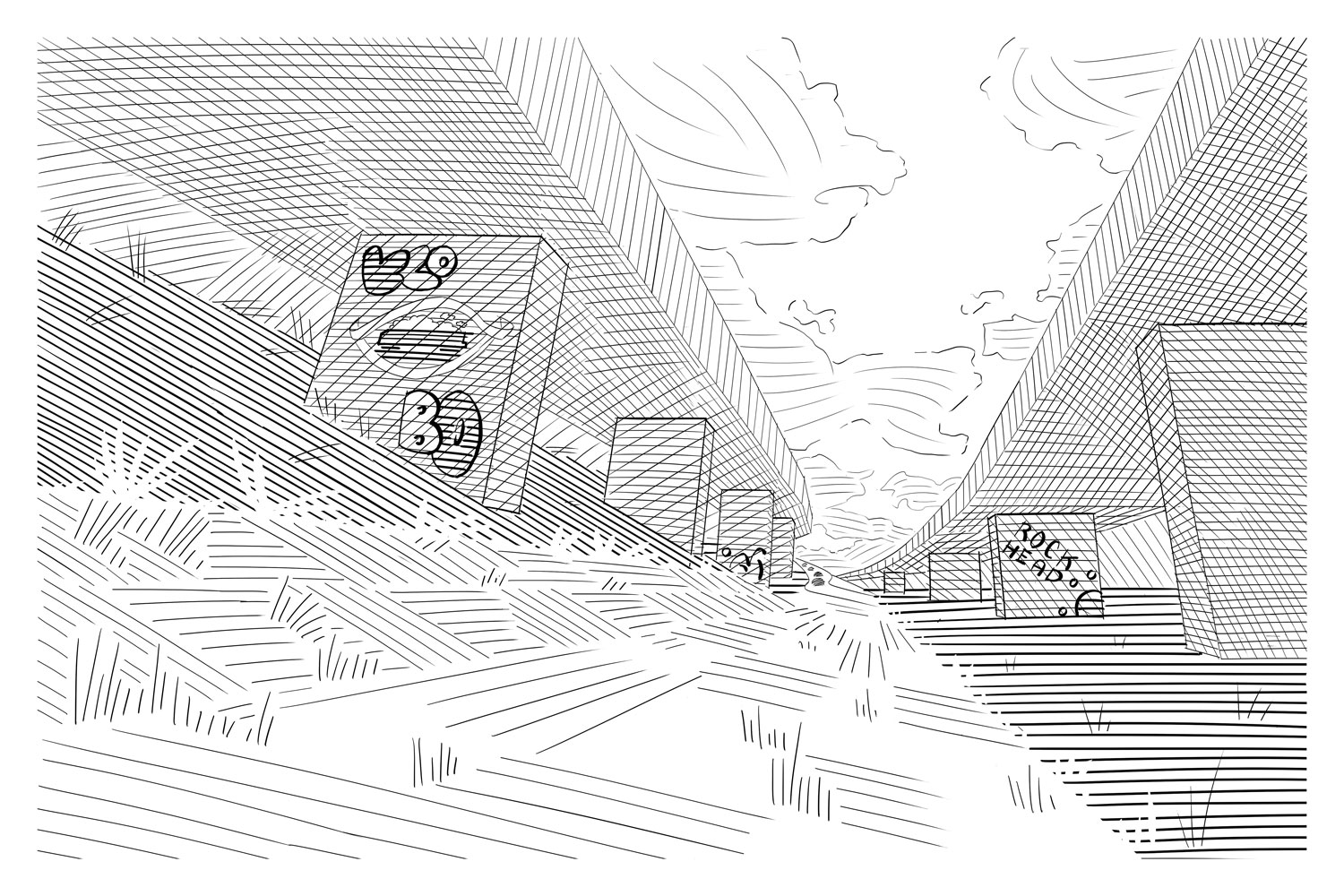
Edition of 12
12 x 18 inches
Silkscreen print on Legion Print Specialty Paper
Ville-Marie Overpass
Beginning in the 1890s and continuing through to the 1950s, Little Burgundy, a thriving, multicultural neighborhood in Tiohti:áke / Montreal, was home to a majority of Tiohti:áke / Montreal’s English-speaking Black population. Black workers from the United States, the Caribbean, and the West Indies arrived in this area to work on the Canadian Pacific Railway as sleeping car porters. The Little Burgundy community grew and the city’s first jazz clubs were established in the neighborhood. Rockhead’s Paradise was the first Black-owned nightclub in the city. Much of this historic neighborhood was demolished in the 1950s and 60s by Mayor Jean Drapeau as part of a project to build the Ville-Marie Expressway.

Edition of 12
18 x 12 inches
Silkscreen print on Legion Print Specialty Paper
Judith-Jasmin Pavilion, l’Université du Québec à Montréal
Judith-Jasmin Pavilion is a building within the Université du Québec à Montréal (UQAM) campus. The building incorporates the original church facade of the Cathedral of Saint-Jacques le Majeur that originally inhabited the lot. UQAM was created under the new Ministry of Education, formed in 1964 under the Liberal government of Premiere Jean Lesage. Prior to its establishment, education was administered privately by religious organizations. The ministry’s mission was to create “an education system corresponding to [the people’s] needs and open to all, rich or poor, urban or rural dwellers.” (Jean Lesage)
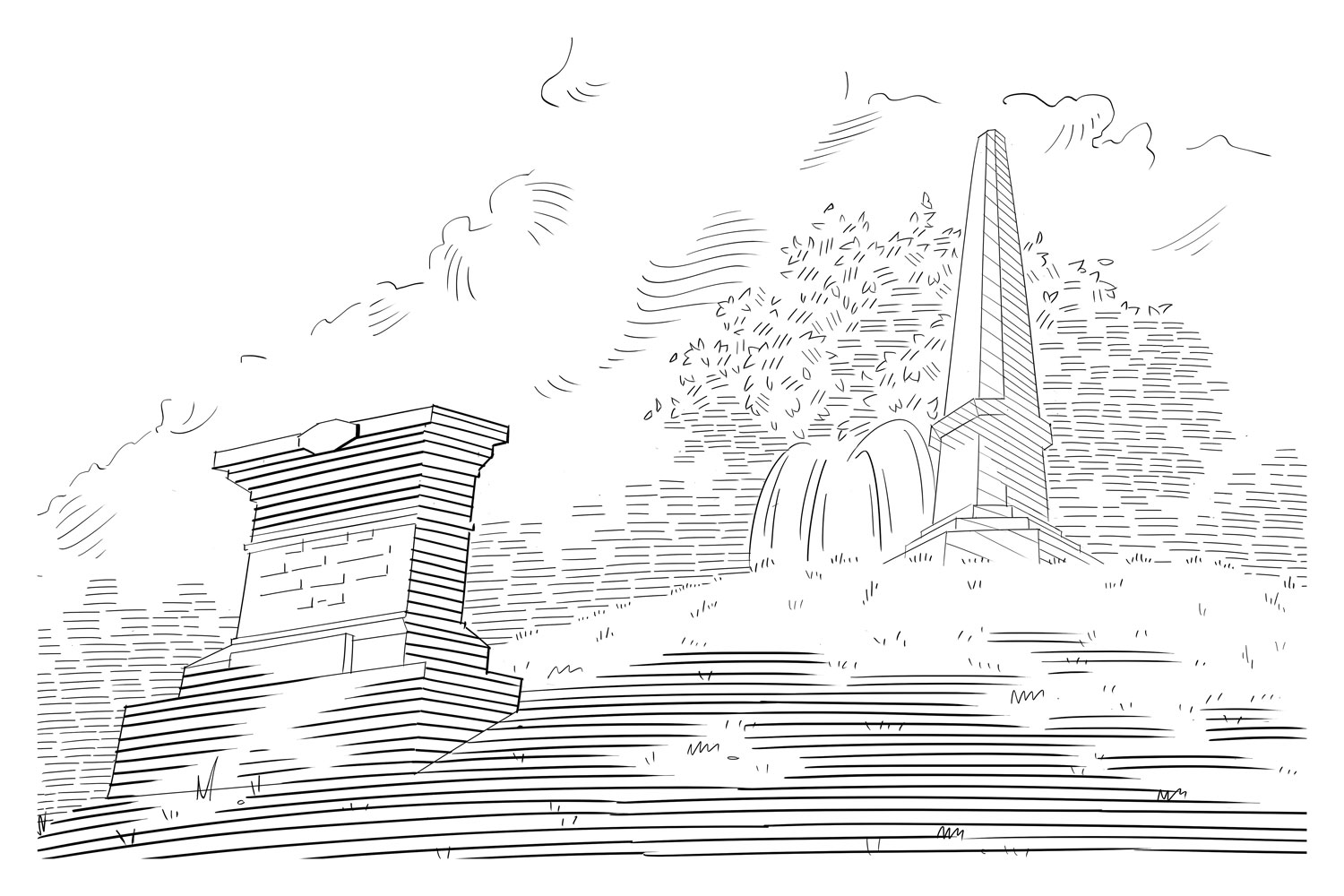
Monument des Patriotes-du-Cimetière-de-Notre-Dame-des-Neiges, 2022, Courtney Clinton
Edition of 12
12 x 18 inches
Silkscreen print on Legion Print Specialty Paper
Monument des Patriotes-du-Cimetière-de-Notre-Dame-des-Neiges
In 1834, the democratically elected Parti Patriote formally submitted the 92 Resolutions to the British government to transfer more power to elected officials in Quebec. The resolutions were denied which set off a series of events that led to the Rebellion. The full force of the British army was sent in to fight the Patriotes, a militia made up of volunteer civilians. In 1838 the Rebellion came to an end with the capture of the Patriotes leadership. Twenty-nine members of the Patriotes movement were executed, and fifty-eight more were exiled to Australia for their involvement in the Rebellion of 1837-1838.
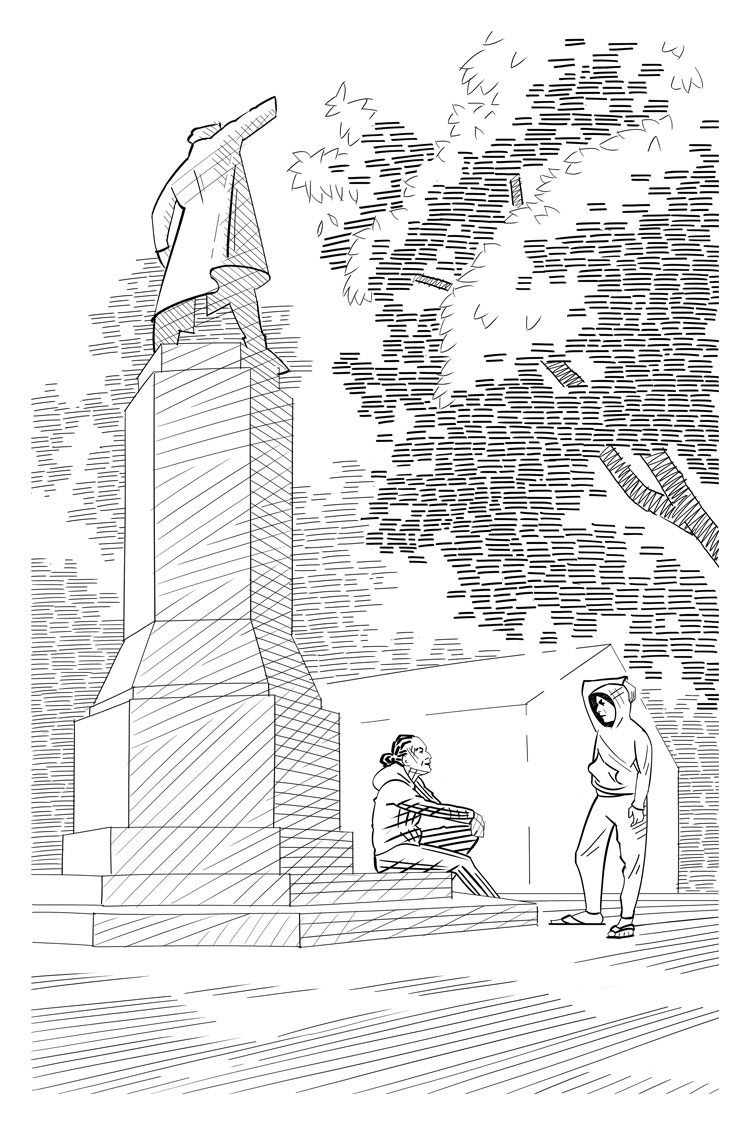
Edition of 12
18 x 12 inches
Silkscreen print on Legion Print Specialty Paper
Cabot Square
Cabot Square, named after Italian-born, English explorer, John Cabot, is a long-established informal meeting place for Inuit and Cree families visiting Tiohti:áke / Montreal to access medical services. A host of grassroots organizations catering to vulnerable members of the urban Indigenous community have developed in the area. Over the past ten years, the area has undergone gentrification, with renovations and new condo developments. In response, the YMCA and the Native Women’s Shelter partnered to create The Cabot Square Project. Its mission was to counteract the displacement of Indigenous people in the downtown area of Tiohti:áke / Montreal.
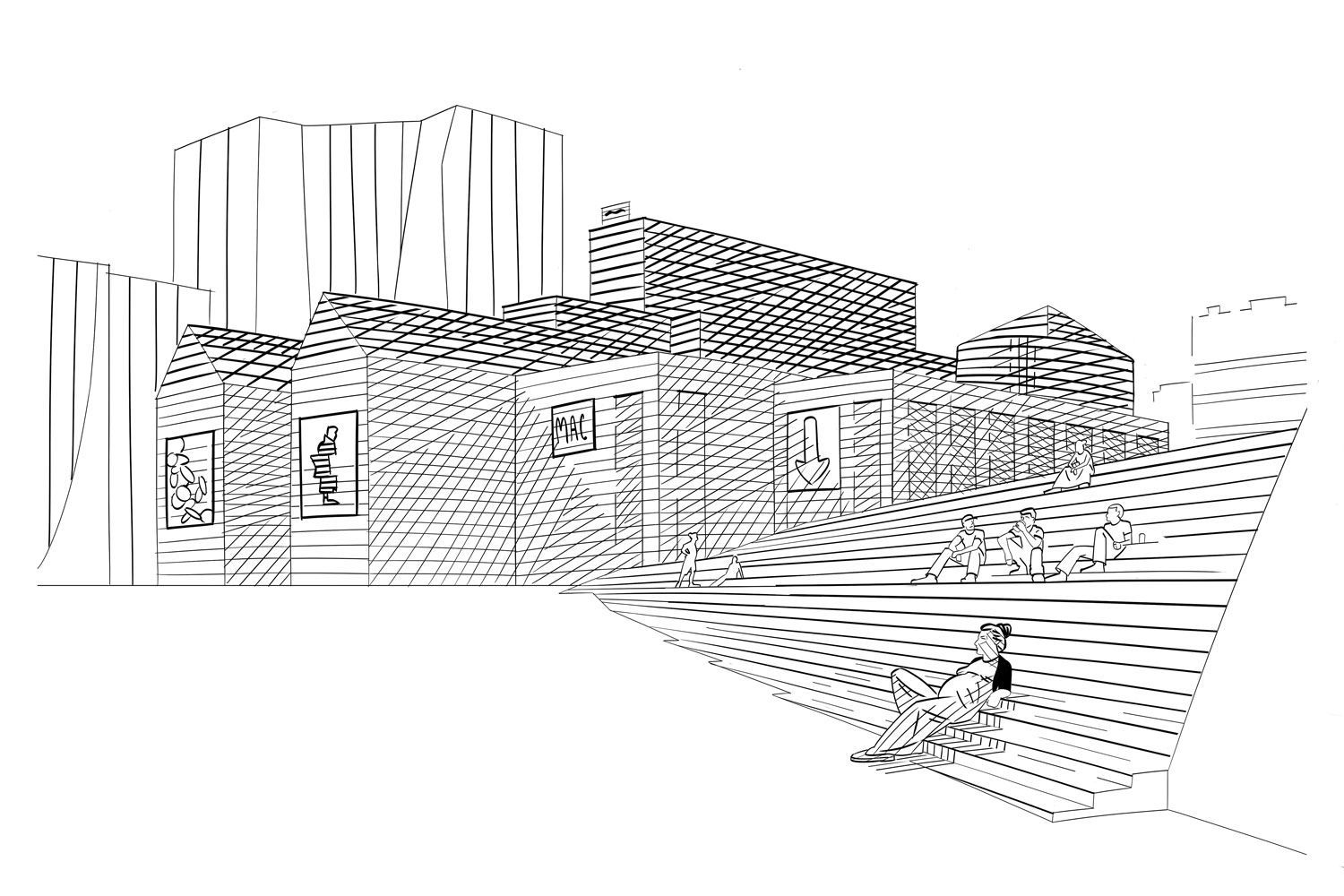
Place des Arts, 2022, Courtney Clinton
Edition of 12
12 x 18 inches
Silkscreen print on Legion Print Specialty Paper
Place des Arts
Place des Arts is a cultural complex dedicated to the performing arts located within the Quartier des Spectacles. For the first half of the 20th century, this area was known as the red light district, and housed more deviant forms of entertainment including drinking, gambling, and prostitution. The Place des arts complex was built in the heart of the red light district, by Mayor Jean Drapeau, with the aim to clean up the neighborhood and expand the downtown financial district eastward.
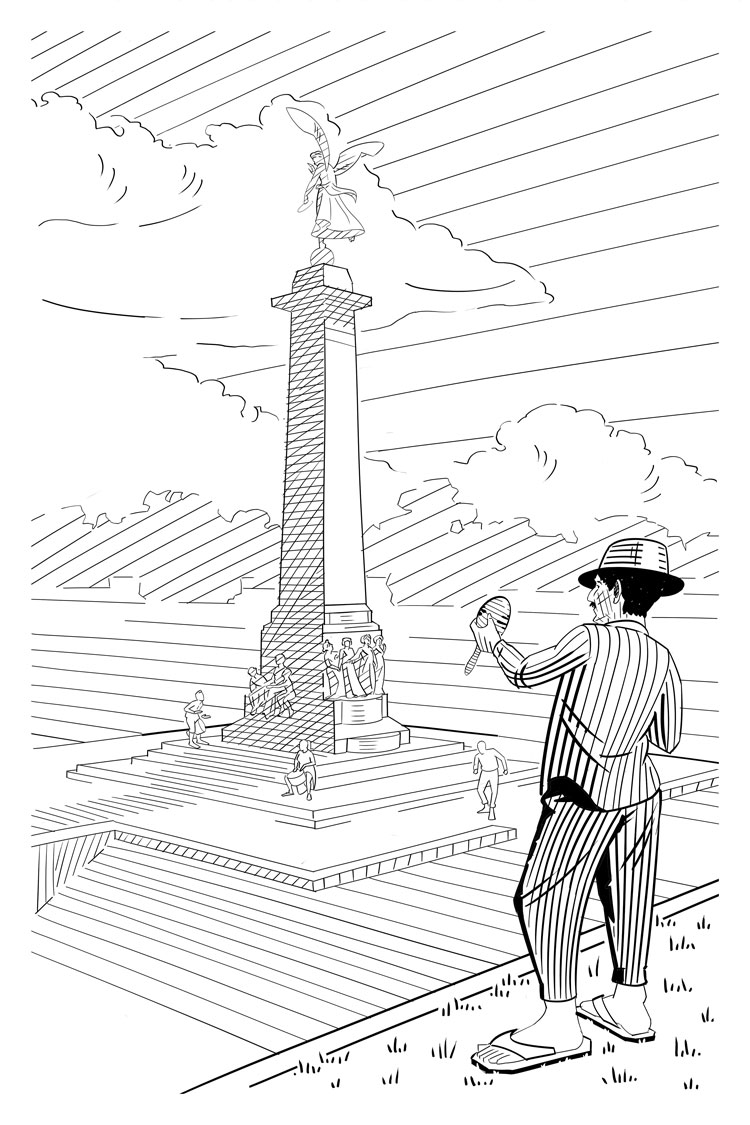
Edition of 12
18 x 12 inches
Silkscreen print on Legion Print Specialty Paper
George-Étienne Cartier Monument
For many, the George-Etienne Cartier Monument acts as a simple backdrop to one of the city’s most important cultural events. Every Sunday afternoon from spring through fall, hundreds of people gather at the back side of the monument for the tam-tams, a loosely-organized, weekly drum circle. The drum circle started in the late 1970s. Several local drumming musicians including the Senagalese-Canadian musician, David Thiaw (considered by his peers to be the first Quebec djembe player) started organizing drum circles near the monument.
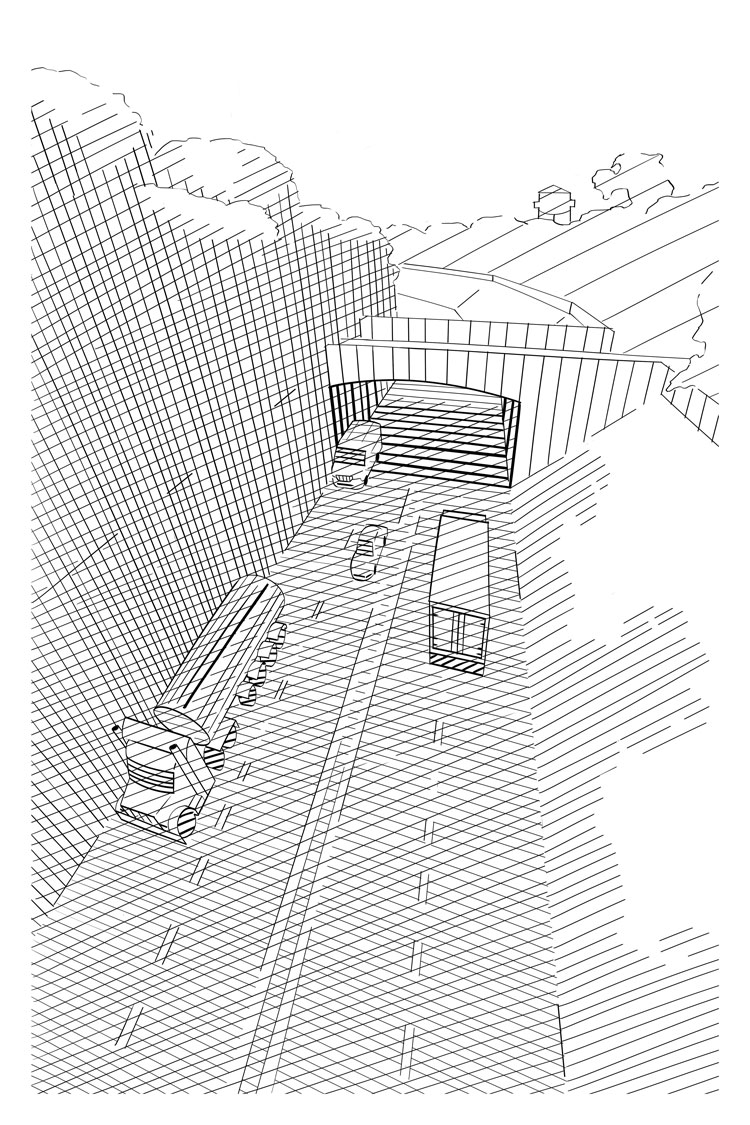
Edition of 12
18 x 12 inches
Silkscreen print on Legion Print Specialty Paper
Whiskey Trench
Whiskey Trench denotes a stretch of Highway 138 near the St. Lawrence River, on the southbound approach to the Mercier Bridge. During the Kanesatà:ke Resistance (often referred to as the Oka Crisis) the Kahnawà:ke Mohawk community barricaded the Mercier Bridge in solidarity with land defenders of the Kanesatà:ke community. Fearing a shootout if the army entered Kahnawà:ke, a convoy of 75 cars was organized to escort women, children, and elders out of the community. Whiskey Trench dips below street level and is walled in on either side. A mob gathered on overpasses above the highway and as the convoy passed they hurled rocks at the cars.

Edition of 12
12 x 18 inches
Silkscreen print on Legion Print Specialty Paper
Graffiti Tunnel
Graffiti Tunnel (also known as Mur legal Rouen) is a legal graffiti tagging wall located in the Hochelaga neighbourhood. In contrast to the large murals around the city, the art at Graffiti Tunnel is not commissioned or funded by the city or any institutions. The space has no guidelines and is open to anyone. Works are consistently painted over and replaced by new art, so the appearance of the tunnel is constantly changing. The art represented ranges in style and skill level. Tags, more political works, and references to pop culture mix together on the tunnel’s walls.